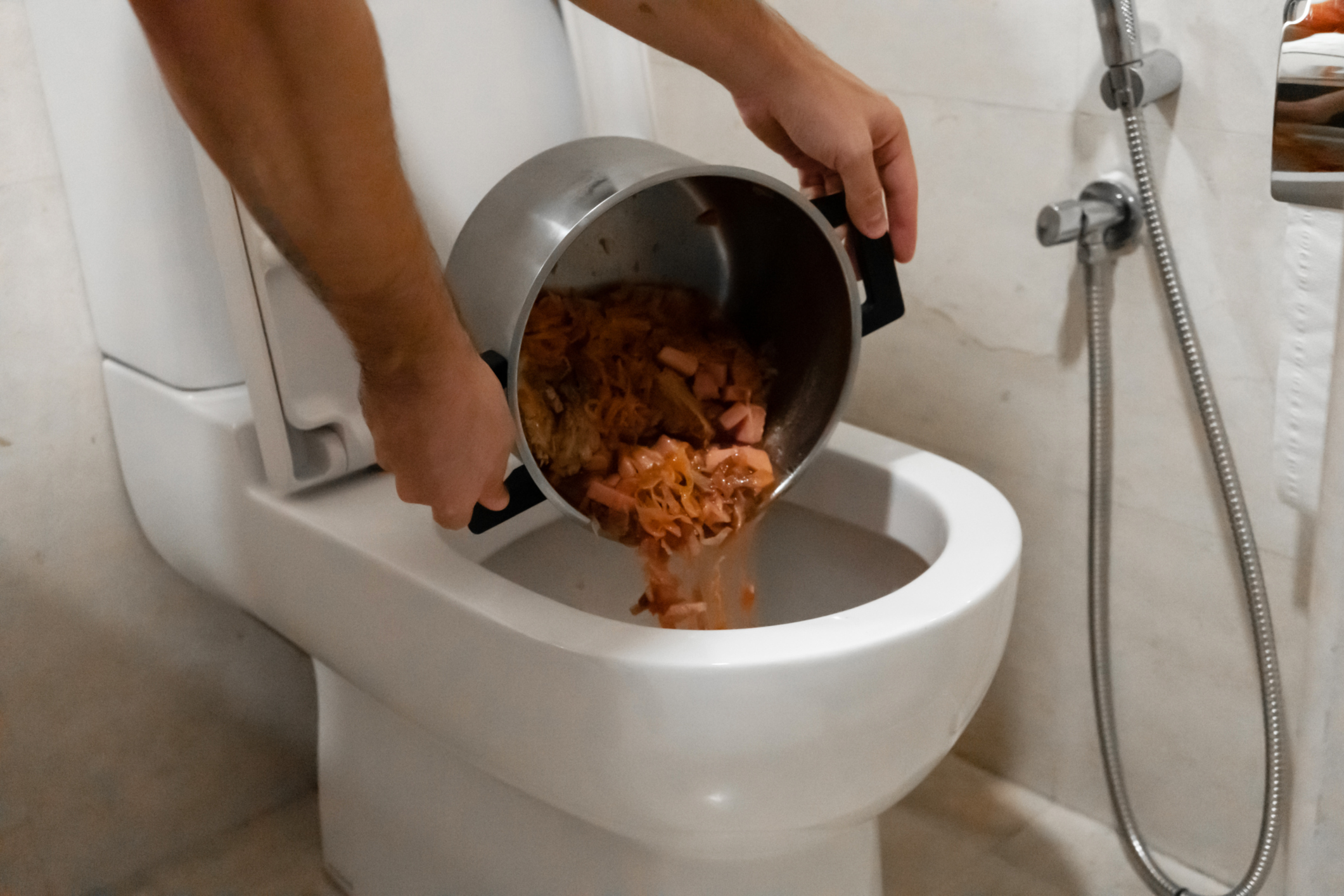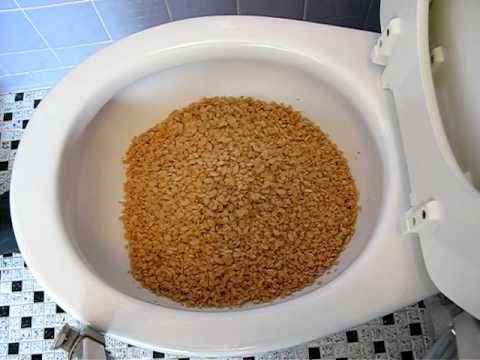Are You Allowed to Flush Food Down the Toilet?
Are You Allowed to Flush Food Down the Toilet?
Blog Article
They are making several great annotation related to Flushing Food Down the Toilet? overall in this content following next.

Introduction
Many people are typically faced with the problem of what to do with food waste, especially when it concerns leftovers or scraps. One common question that emerges is whether it's all right to purge food down the toilet. In this short article, we'll delve into the reasons why people may think about purging food, the effects of doing so, and different approaches for correct disposal.
Reasons that people might take into consideration purging food
Lack of awareness
Some people might not understand the prospective damage triggered by purging food down the bathroom. They may wrongly believe that it's a safe practice.
Comfort
Purging food down the commode might seem like a quick and easy service to taking care of undesirable scraps, especially when there's no nearby garbage can readily available.
Idleness
In many cases, individuals may simply choose to flush food out of large idleness, without thinking about the repercussions of their actions.
Effects of flushing food down the bathroom
Environmental influence
Food waste that winds up in rivers can contribute to air pollution and damage aquatic ecological communities. Furthermore, the water used to purge food can stress water resources.
Plumbing concerns
Flushing food can cause stopped up pipes and drains pipes, triggering costly pipes repair work and inconveniences.
Sorts of food that ought to not be purged
Fibrous foods
Foods with coarse structures such as celery or corn husks can obtain entangled in pipes and trigger obstructions.
Starchy foods
Starchy foods like pasta and rice can soak up water and swell, bring about obstructions in pipes.
Oils and fats
Greasy foods like bacon or cooking oils should never ever be purged down the bathroom as they can solidify and cause clogs.
Correct disposal approaches for food waste
Making use of a garbage disposal
For homes geared up with garbage disposals, food scraps can be ground up and purged with the plumbing system. Nonetheless, not all foods are suitable for disposal in this manner.
Recycling
Particular food packaging products can be recycled, reducing waste and lessening ecological impact.
Composting
Composting is a green method to dispose of food waste. Organic materials can be composted and made use of to enhance dirt for horticulture.
The significance of proper waste administration
Reducing ecological damage
Appropriate waste monitoring methods, such as composting and recycling, assistance reduce contamination and preserve natural deposits for future generations.
Shielding pipes systems
By staying clear of the method of flushing food down the toilet, homeowners can protect against expensive plumbing fixings and preserve the honesty of their plumbing systems.
Verdict
To conclude, while it might be appealing to purge food down the bathroom for benefit, it is essential to recognize the potential repercussions of this activity. By adopting correct waste management methods and disposing of food waste properly, people can add to much healthier plumbing systems and a cleaner environment for all.
FLUSH FOOD DOWN THE TOILET?
FLUSHING FOOD CAN CAUSE BLOCKED DRAINS IN YOUR HOME
All of the plumbing fixtures in your home are connected to the same sewer pipe outside of your home. This outdoor sewer pipe is responsible for transporting all the wastewater from your home to the Council sewer mains. Even small pieces of food that go down the kitchen sink can cause problems for your sewer. It should therefore be obvious that flushing larger bits of food, such as meat, risks a clog in either the toilet itself or the sewer pipes. Flushing greasy food is even more problematic because oil coagulates when it cools, coating the interior lining of your pipes.
THE TOILET IS NOT A BIN
Food isn’t the only thing that people shouldn’t be flushing down the toilet. People use the toilet to dispose of all kinds of things such as tampons, makeup wipes, dental floss, kitty litter and even underwear. Water goes to great lengths to educate residents about the high costs and stress placed on wastewater treatment systems simply from people flushing the wrong stuff down the toilet. It costs taxpayers millions of dollars each year, and homeowners thousands in blocked drain repairs.
FLUSHING FOOD IS A WASTE OF WATER
Flushing food is a waste of our most precious resource - water. In June this year Level 1 water restrictions were introduced to protect water supply from drought conditions. Much of New South Wales continues to be affected by prolonged drought with recent figures revealing up to 97 per cent of the state remains in drought. Depending on whether you have a single or dual flush toilet, every single flush uses between five and 11 litres of water. In the current climate this is a huge amount of water to be wasting on flushing food that should be placed in the bin (or better yet, the compost).
https://www.jabplumbingsolutions.com.au/blog/can-you-flush-food-down-the-toilet

We had been guided to that report on What Can Happen If You Flush Food Down the Toilet? from an acquaintance on our other web property. Those who enjoyed reading our page plz make sure you remember to pass it around. We treasure your readership.
Book Today Report this page